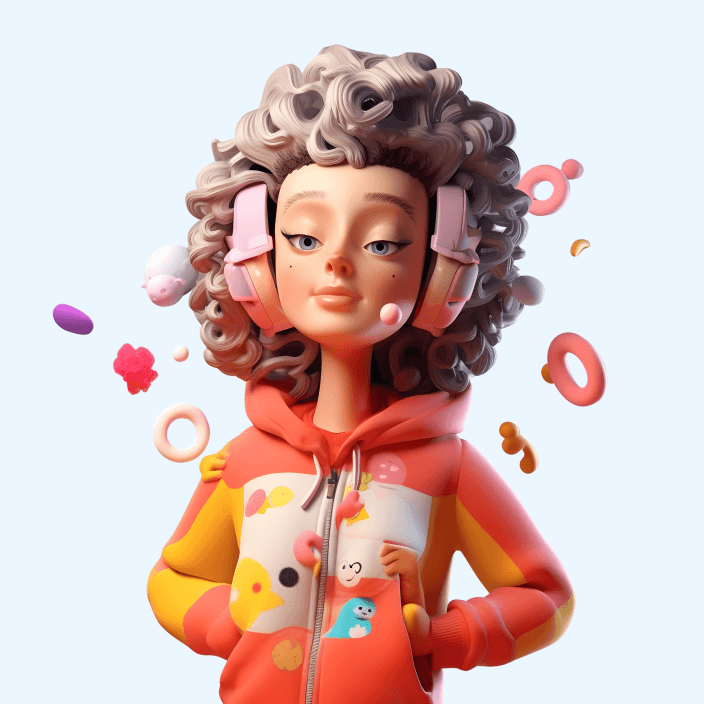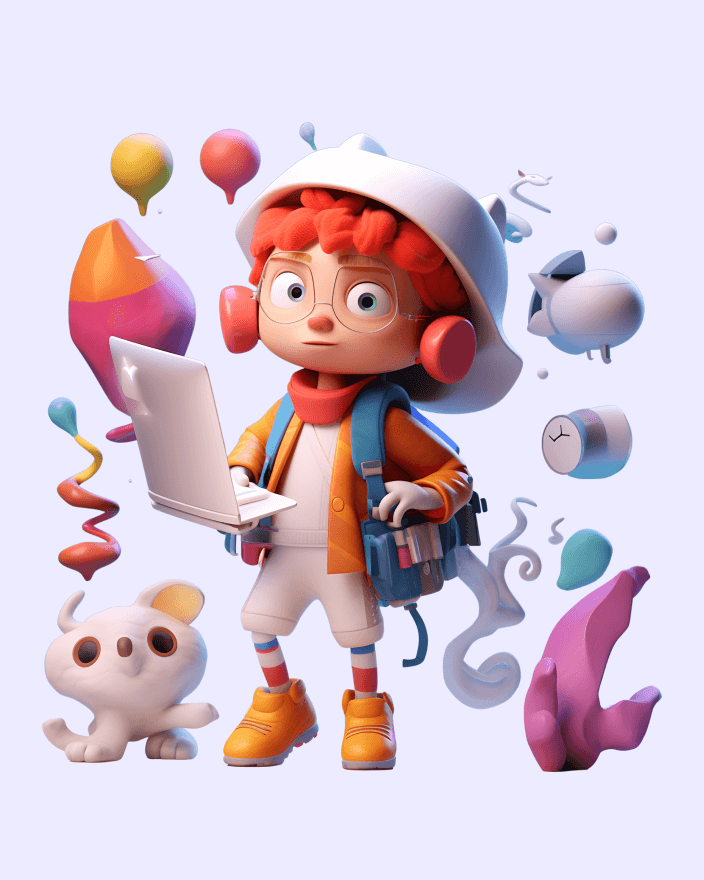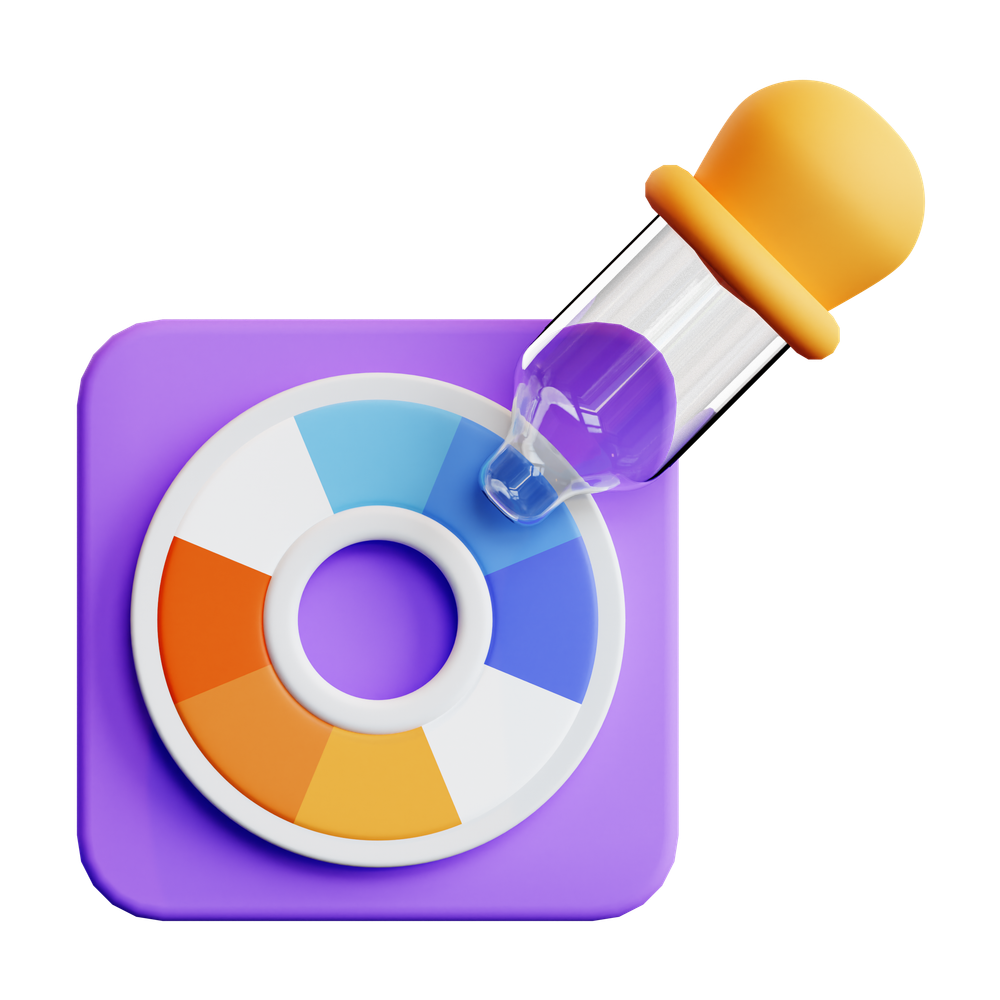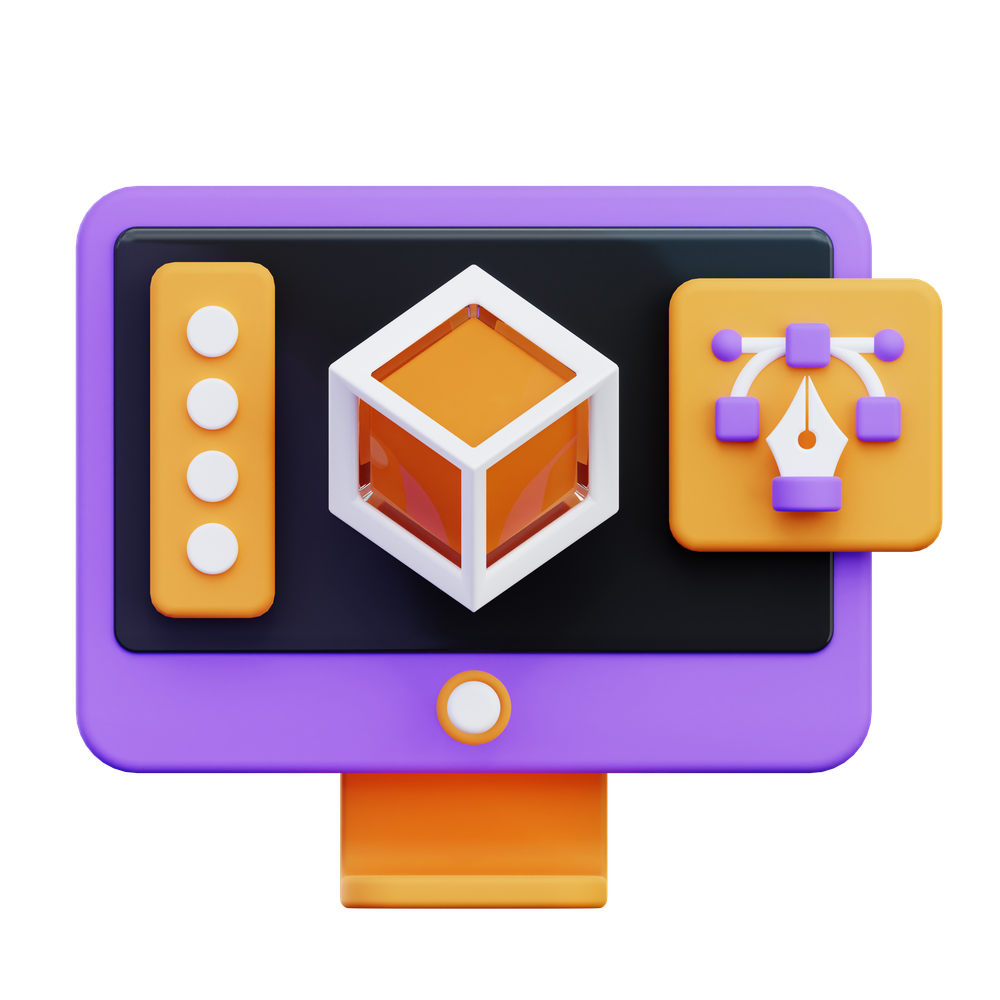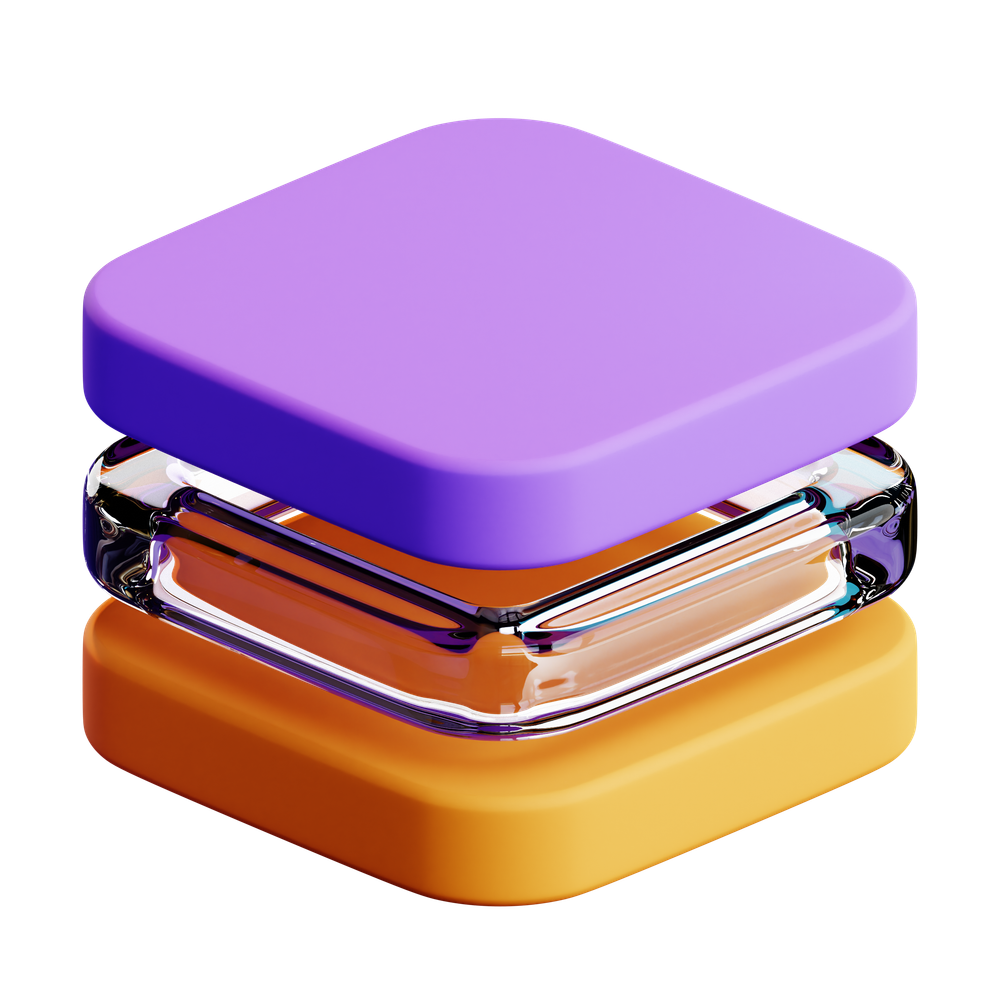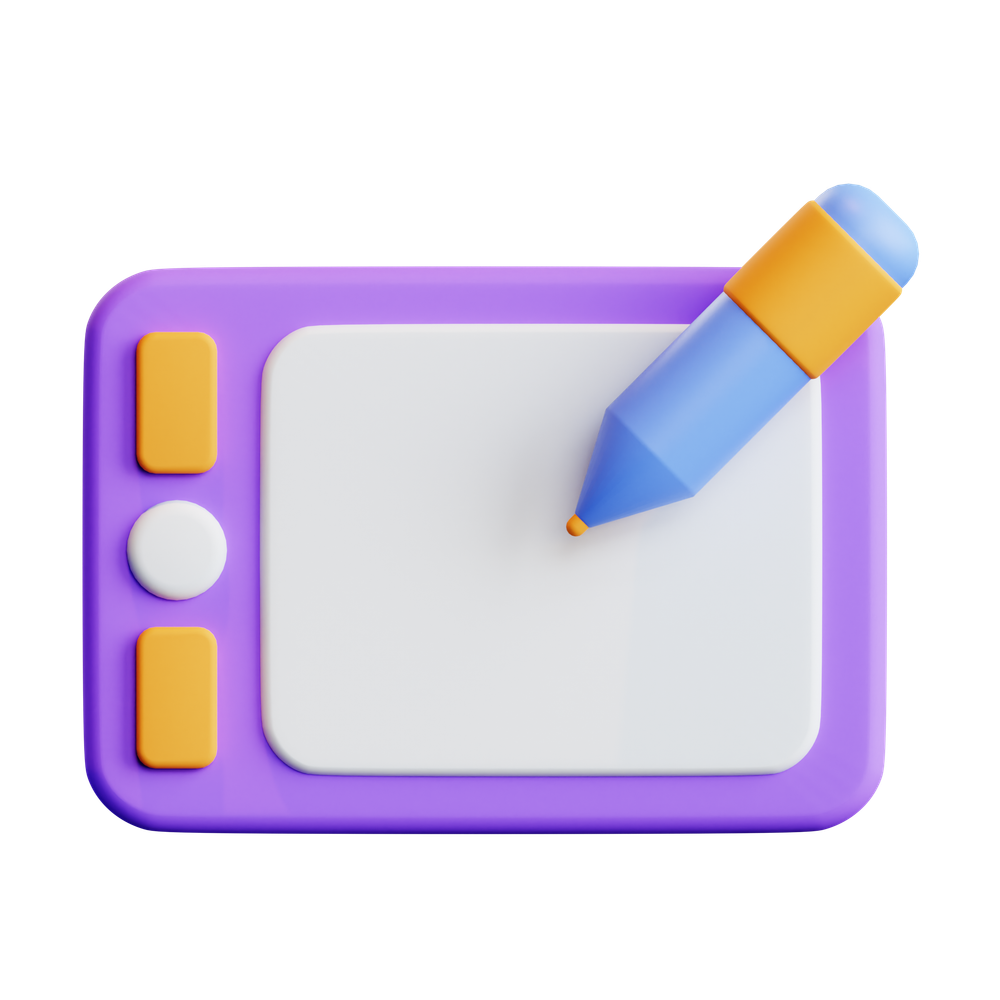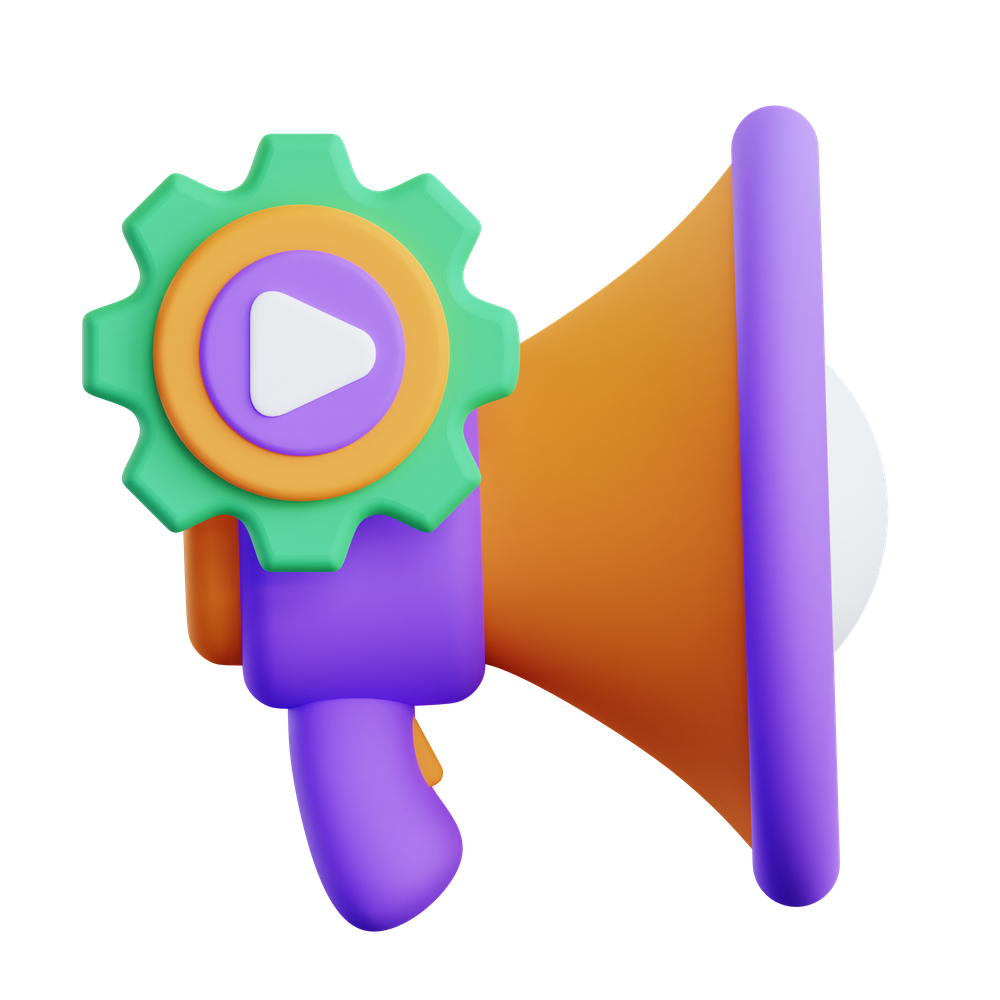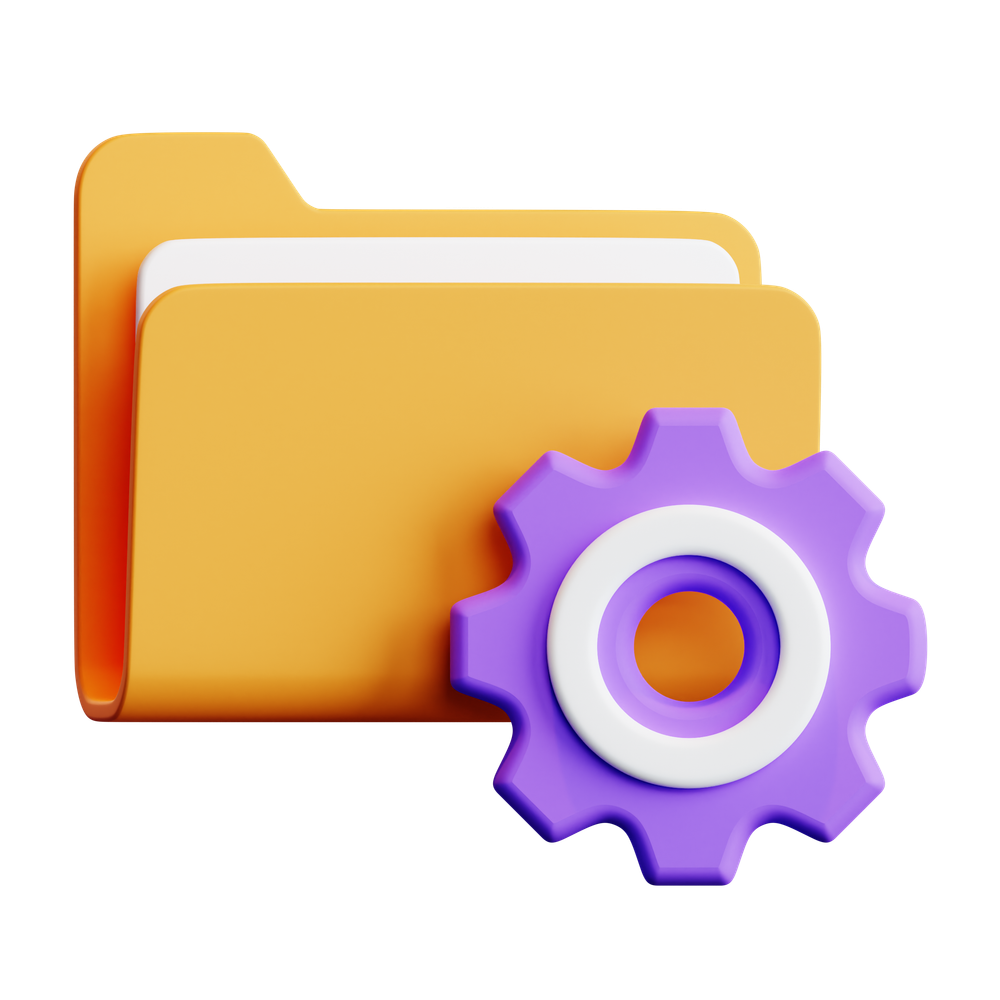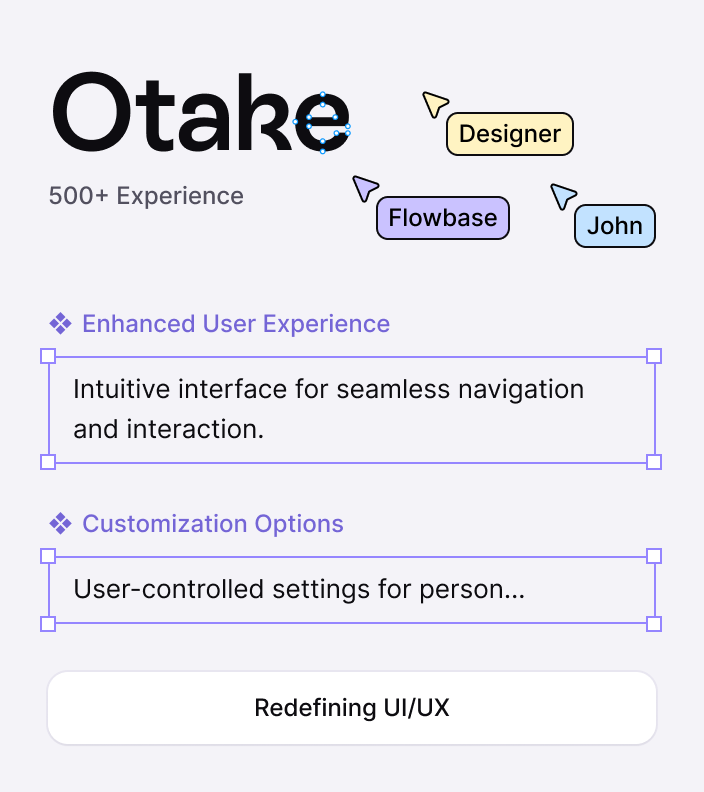Designer life
I've been designing my entire career – from art direction for agencies and graphic design for corporations, to visual design for brands, UI/UX for web and mobile, and running design thinking sprints for clients.
I recently moved into the corporate world, crafting presentations for executives and board meetings, and discovered something surprising. Turns out, not everyone was as enthusiastic about slide design as I was. In fact, most people would much rather be working on their actual work instead of fiddling with why their Excel table looks like a disaster when pasted into PowerPoint (and why do the fonts look so weird?).
"Hey... those are some nice slides!"
I started hearing this phrase everywhere. After client presentations, team meetings, even those mundane financial review presentations – colleagues would come up and ask "how did you make that look so professional?"Here's what surprised me: I was just using basic design principles I'd picked up over the years, applying them in PowerPoint the same way I would in Figma. I assumed most people would know these design fundamentals... well, turns out, they didn't.
The PowerPoint reality check
But they really needed to know them, considering how much time they spent in PowerPoint. I mean, from junior staff to senior leadership, people were spending hours and hours making presentations.If you think about it, pretty much every significant piece of work/project eventually ends up summarized in slides to be shared with others. You need to create an effective deck (unless you're planning on sending a bunch of Excel files, Word docs, and email threads for people to sort through).All your team's work needs to come together into a clear story flow for your audience, and more often than not, it ends up being in a PowerPoint presentation.
Using my design powers to help the corporate world
I realized there's a massive gap – brilliant people with important ideas, stuck fighting with slides when a few easy design principles could save them tons of time. Most of these techniques take literally seconds to apply once you know them.So I decided to help. Through bite-sized videos and guides, I'll show you the design basics everyone actually needs – step-by-step in PowerPoint. No long tutorials, no overwhelming theory, just quick wins you can implement immediately.I may not end up making you love designing slides as much as I do, but I will help you level up your game, work faster, and create impactful decks that have people saying "Hey, nice slides!"

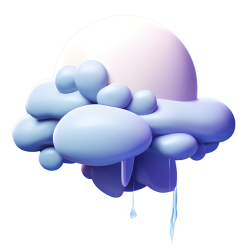





.png)
.png)
